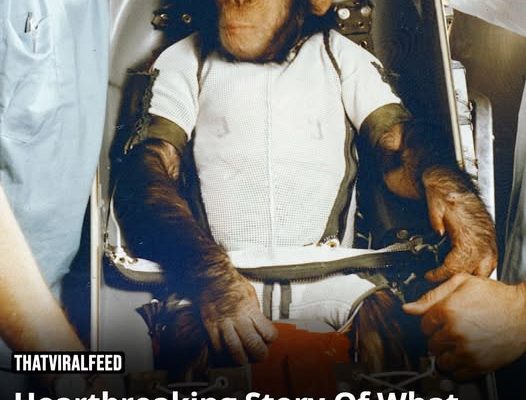At just three years old, Ham became the first chimpanzee to journey into space, helping to lay the groundwork for America’s first manned mission just a few months later.
Ham, whose name stood for Holloman Aero Med, was born in July 1957. He was taken from the French Cameroons in West Africa and brought to the Holloman US Air Force Base in New Mexico in 1959 when he was around two years old.
Then on January 31, 1961, he was launched from Cape Canaveral inside NASA’s Mercury-Redstone rocket. The mission, however, didn’t go quite as planned.
The flight was supposed to hit an altitude of 115 miles and speeds of around 440 mph, but due to some technical issues, the rocket shot up to 157 miles and reached a staggering 5,857 mph.
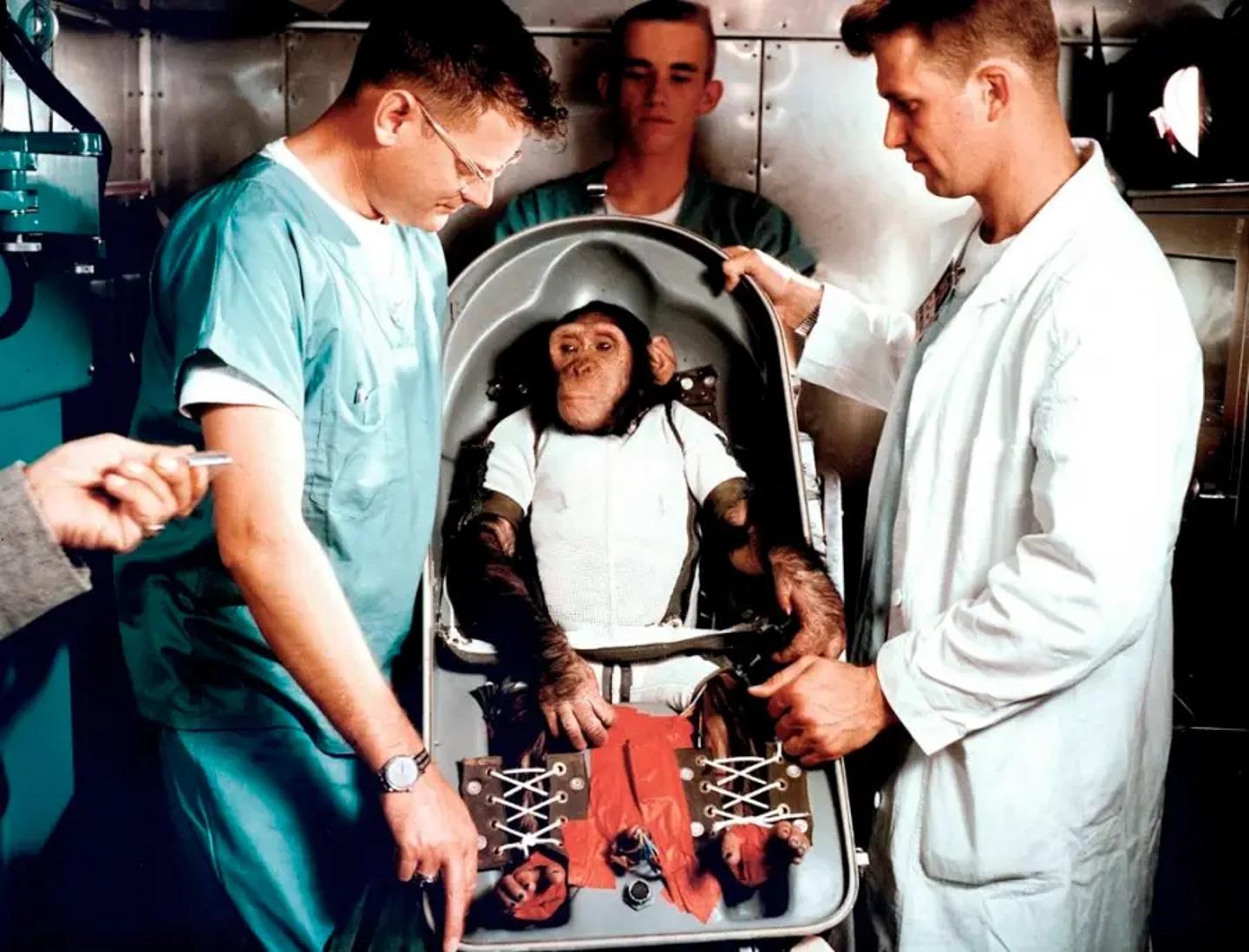
During his 16.5-minute flight, Ham spent 6.6 minutes in zero gravity and still managed to complete his tasks correctly, which included pulling levers when lights flashed.
Medical checks afterward showed that Ham was tired and dehydrated but otherwise in good health, especially considering the ordeal.
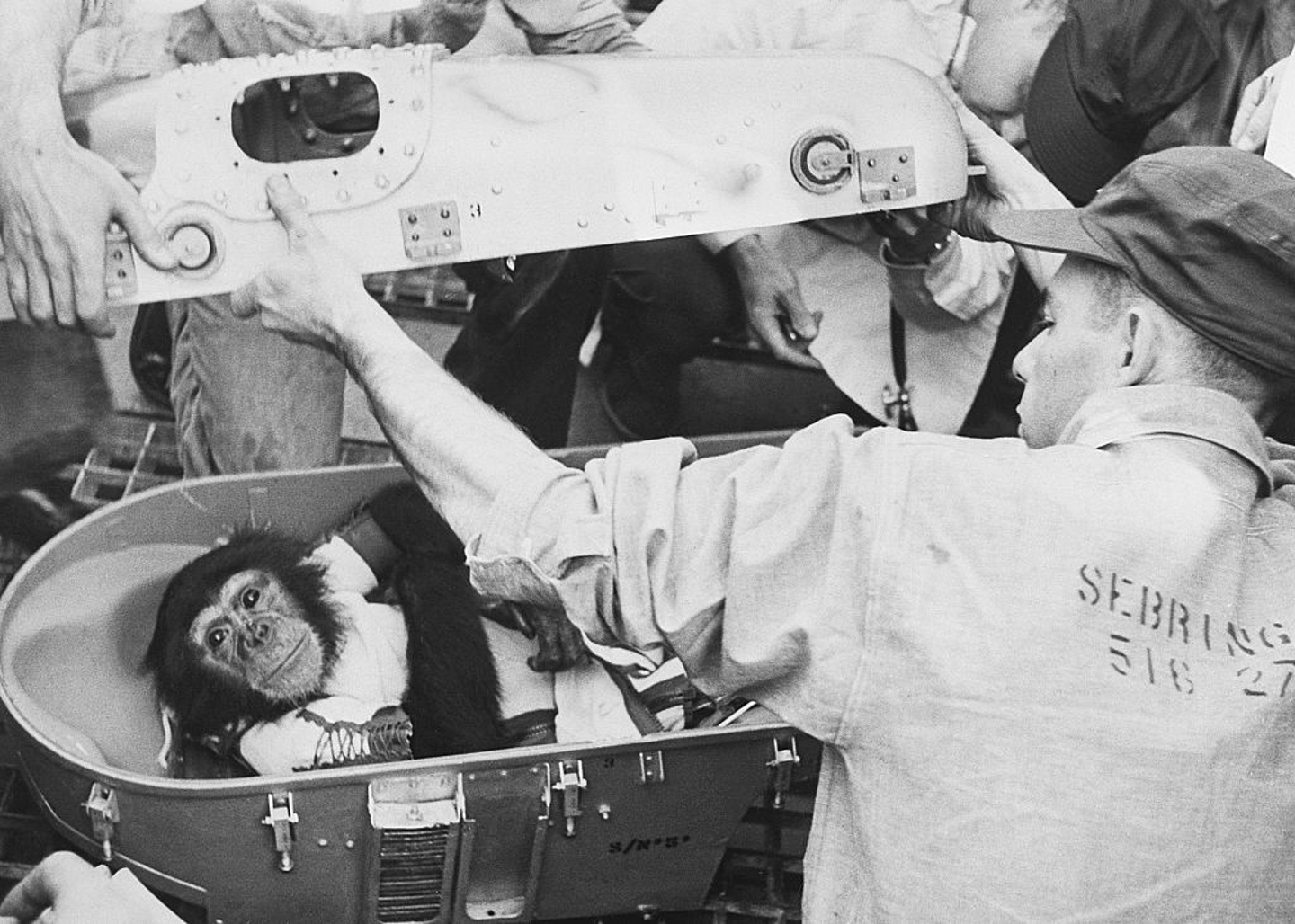
Eventually, in September 1980, he was moved to the North Carolina Zoological Park in Asheboro, where he stayed until his passing on January 17, 1983.
Ham lived to the age of 25 but spent 17 of those years as more of a curiosity than a celebrated space hero, mostly alone.
It’s worth noting Ham wasn’t the only animal sent to space. Dogs, cats, jellyfish, and many others also took the ride into the unknown to help humans better understand what space does to the body.
The first animals in space
The first known animal launched into space was Albert I, a rhesus macaque, who made his journey on June 11, 1948, aboard a V-2 rocket.
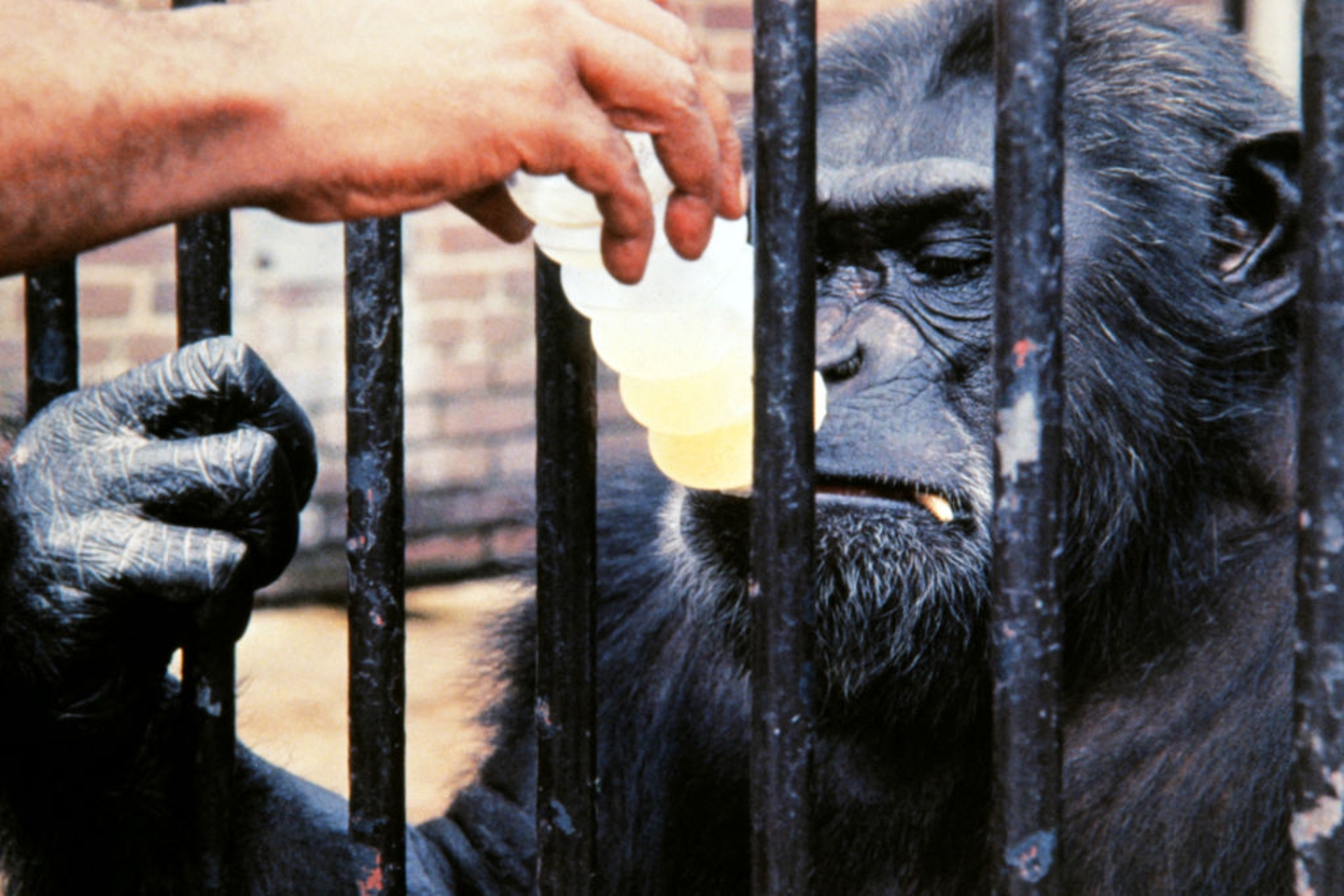
In 1949, more monkeys Albert II, III, and IV were launched into space. Sadly, none of them made it back alive.
Albert II died on impact when the capsule hit the ground. Albert III perished when the rocket exploded during the flight.
Then on August 31, 1950, a mouse was launched without anesthesia in another V-2 mission. It, too, did not survive the journey.
The first monkey to survive a space flight
It wasn’t until September 1951 that a monkey finally made it back alive. That monkey was Yorick, also known as Albert VI.
He soared up 44.7 miles aboard an Aerobee rocket along with 11 mice. While he survived the flight, Yorick sadly died just two hours after landing, along with two of the mice. It’s believed the heat inside the capsule contributed to their deaths.
They returned safely and were given a home at the National Zoological Park in Washington, D.C., where Patricia passed away from natural causes two years later and Mike lived until 1967.
Dogs and cats in space
The Soviet space program started with mice, rats, and rabbits. But it wasn’t long before they turned to dogs for their space experiments.
Between 1951 and 1952, nine dogs were sent into suborbital flights via the Soviet R-1 series, and three of them even went up twice.
Dezik and Tsygan were the first dogs to go up and come back down alive in 1951, although others weren’t as lucky.
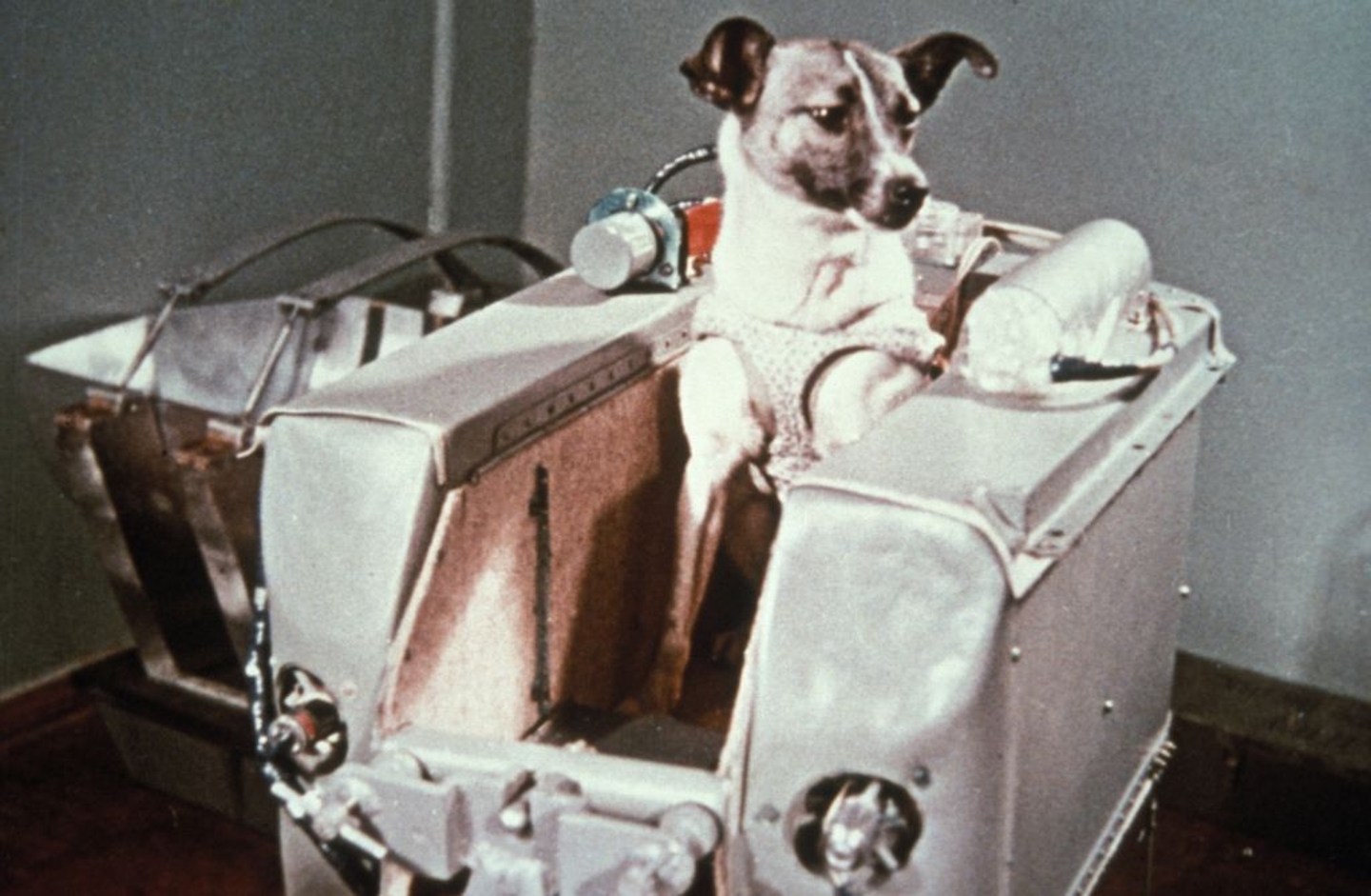
Laika died from overheating only five hours into the mission, and Sputnik 2 eventually burned up during re-entry in April 1958.
Meanwhile, in October 1963, French scientists launched Félicette—the first cat in space who also became part of the history books.
Turtles and jellyfish in space
In 1968, the USSR sent up Zond 5, a spacecraft packed with different types of life—including turtles, wine flies, mealworms, and even plants. It made a loop around the Moon before returning to Earth.
After Apollo 11’s Moon landing, animal missions shifted toward experiments focused on the biology of weightlessness. Rabbits, turtles, insects, spiders, fish, and jellyfish became part of those studies.
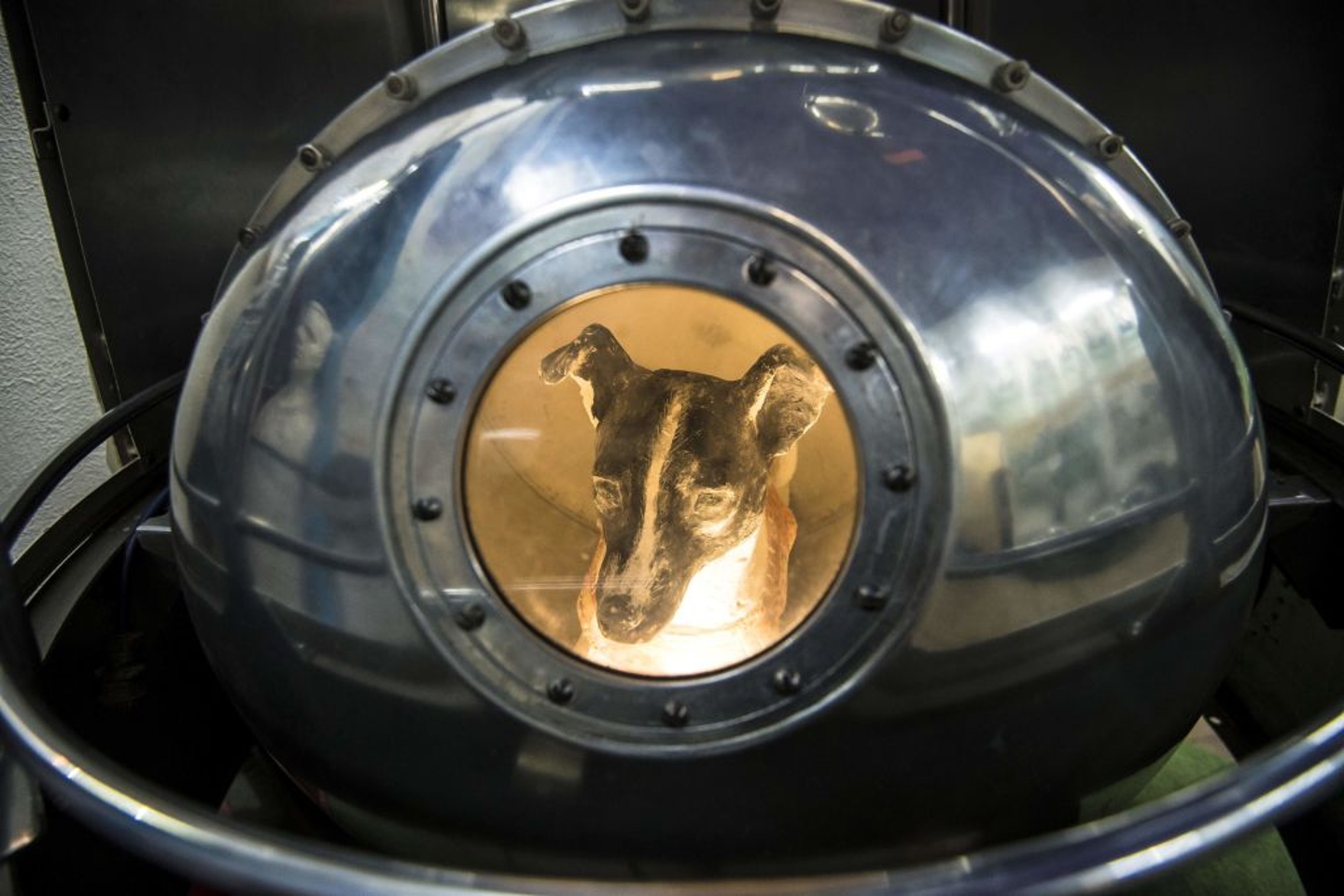
Impacts of animals in space
Many of these animals gave their lives to help scientists learn what happens to living beings in the conditions of space, especially weightlessness and exposure to radiation.
NASA has said these missions taught researchers much more than what could have been learned without animal testing.
“Without animal testing in the early days of the human space program, the Soviet and American programs could have suffered great losses of human life.” as stated by NASA on its website.
